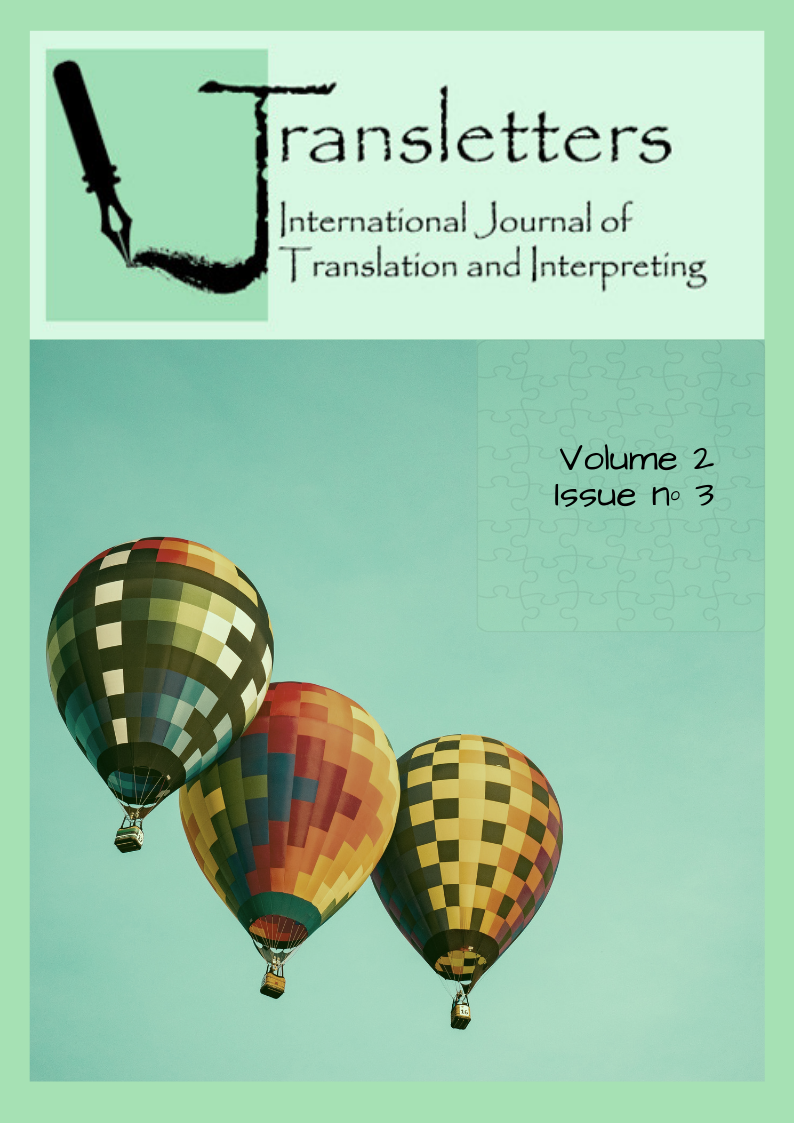The nightmare before dubbing. Analysis of translation of songs intended for dubbing in animation films from Disney factory
Main Article Content
Abstract
The music industry is not usually associated with translation activities, but songs playing a part in plots from cinematographic works must be translated. In the case of dubbing, translated song lyrics must meet the requirements of the original melody, but they also should correspond to the scene during which the piece is sung, the purpose for which it was conceived, the lip movement of every character and those specific features related to a particular audience. It goes without saying that it is not an effortless challenge. Although there is not a large volume of demand, it reveals some importance in terms of the market surrounding animated films and musical theatre. For that reason, translators must become aware of the strategies applied with regard to professional projects. We selected songs from Disney animated films because this company establishes the most representative example of song translation intended for dubbing. In general terms, songs are subtitled when it comes to animation films from other companies. We provide an analysis of English and Spanish versions based not only on translation techniques, but also on syllabic structures, emphasis, rhyme and methods which can be applied to song translation.
Downloads
Article Details
Suggested policy for journals that offer open access
Authors who publish with this journal agree to the following terms:
1. Authors retain copyright and grant the journal the right of first publication with the work simultaneously licensed under a Creative Commons Attribution License, which allows others to share the work with an acknowledgement of authorship of the work and initial publication in this journal.
2. Authors may enter into additional contractual arrangements for non-exclusive distribution of the published version of the paper in the journal (e.g., submission to an institutional repository), with an acknowledgement of its initial publication in this journal.
3. Authors are allowed and encouraged to publish their work prior to the final version published in this journal once accepted (e.g., in institutional repositories or on their website), as it can lead to productive exchanges, as well as earlier and higher citation of the published work (see The Open Access Effect).

